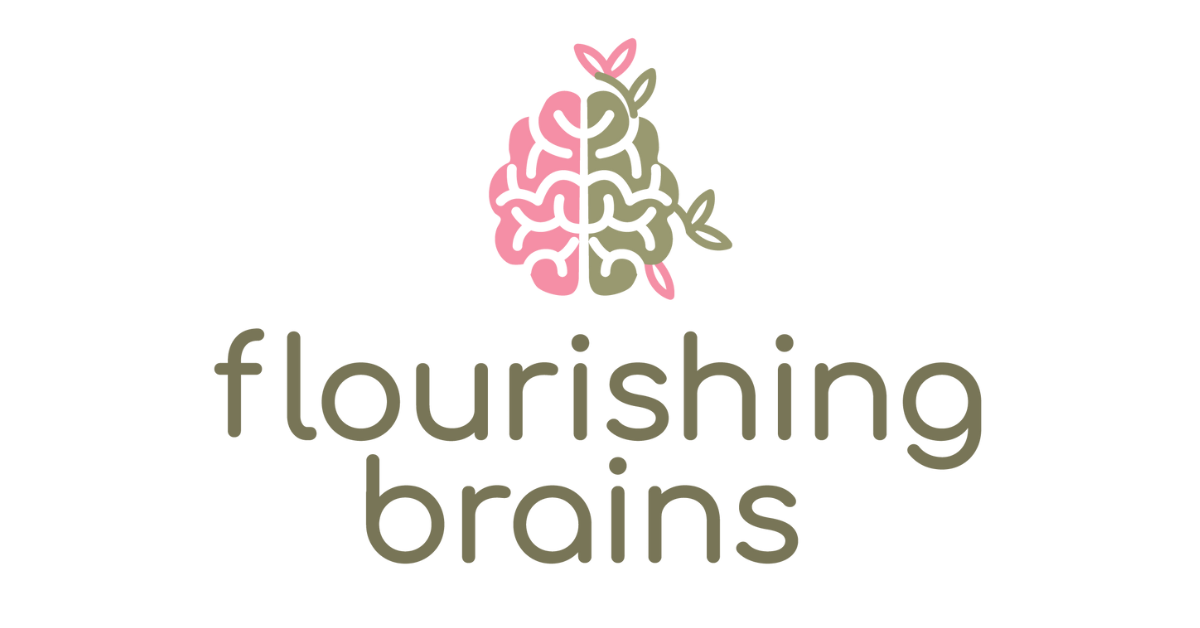Primitive Reflexes, Brain Imbalance, and Early Clues to Autism: What the Research Shows
Article Details
Study Title: Retained Primitive Reflexes and Potential for Intervention in Autistic Spectrum Disorders
Authors: Robert Melillo, Gerry Leisman, et al.
Published: 2022, Frontiers in Neurology
Access: Read the full study
Why This Matters for Parents
This research shines a light on something many parents have never heard of—but might be hugely important: primitive reflexes. These are the automatic movements babies are born with, like the sucking or startle reflex. They help babies survive and grow in their first year—but they’re meant to fade as the brain matures.
When these reflexes don’t integrate properly, they may signal that parts of the brain aren’t developing in sync. This paper connects retained reflexes with conditions like autism (ASD), ADHD, learning challenges, and motor delays—and suggests they could be one of the earliest signs of brain imbalance.
Even more importantly, the study highlights ways to support brain development through reflex-based movement and sensory stimulation, offering hope and direction for early intervention.
Key Insights from the Study
1. Reflexes and Brain Development Go Hand-in-Hand
Primitive reflexes aren’t random—they help babies move, feed, and interact, all of which stimulate brain growth. Each reflex is like a spark that encourages the brain to build new connections. But if development is delayed—due to genetic or environmental factors—these reflexes can hang around longer than they should, which may block further growth.
2. Uneven Reflexes Can Lead to Uneven Brain Growth
Our brains develop in a beautifully timed left–right rhythm. The right hemisphere develops first (in the first 2–3 years), followed by a burst of growth in the left. But if reflexes are retained unevenly—say, more on one side of the body—it can affect how each hemisphere grows and connects. This kind of imbalance is common in autism and may show up as clumsiness, scattered abilities, or difficulty integrating movement and learning.
3. Reflex Retention Is Linked to Autism and ADHD
Several studies cited in this paper have found that kids with ASD or ADHD often retain certain reflexes:
The Moro and Galant reflexes are more common in children with ADHD.
The Asymmetrical Tonic Neck Reflex (ATNR) has been linked to lower school readiness and learning challenges.
Kids with autism often show delays in early movement patterns, like rolling or crawling, which may be tied to retained reflexes.
4. Early Signs Might Be Missed
The study suggests that one of the earliest red flags for ASD could be trouble with breastfeeding or sucking—movements that rely on early reflexes. If these reflexes are underdeveloped or uncoordinated, it might show up as latch difficulties or feeding frustration in infancy.
5. Brain Connectivity Is Affected
Children with ASD often show reduced communication between the brain’s two hemispheres. The study highlights the corpus callosum, the brain bridge connecting left and right, as an area where this disconnect shows up most. Reflex retention may be one reason these connections don’t fully form, leading to challenges with coordination, regulation, and learning.
6. Movement-Based Interventions Can Help
There’s growing evidence that targeted movement and reflex-based exercises can help support brain maturity. These activities stimulate sensory input, which fuels brain growth and may help “switch off” retained reflexes. The result? Improvements in:
Motor coordination
Attention
Academic skills
Emotional regulation
Even though we don’t yet understand every mechanism, the science points toward neuroplasticity—the brain’s amazing ability to rewire itself through experience.
7. Why More Kids Are Affected Today
The paper also addresses a big question: Why are we seeing more and more kids with ASD and similar challenges?
While genetics play a role, the researchers suggest that modern lifestyle factors—like less tummy time, less outdoor play, and more screen-based stimulation—may be contributing to a rise in delayed reflex integration. These missed opportunities for movement may be slowing the very brain development that reflexes are meant to support.
What This Means for Your Child
This study is a powerful reminder that brain and body development are deeply connected—and that even small signs (like difficulty crawling, clumsiness, or struggles with focus) might have roots in early movement patterns that weren’t fully completed.
The good news? The brain is incredibly adaptable.
By identifying retained reflexes and supporting them through targeted movement, sensory stimulation, and neurodevelopmental care, we can help your child’s brain catch up and connect in new ways.
Want to Learn More About Your Child’s Primitive Reflexes?
If this resonates with your family, we offer reflex assessments and developmental care that can help uncover what’s going on under the surface—and what to do about it.
Send us a message, book a Discovery Call, or join our newsletter to keep learning.
👉 Book a Discovery Call
👉 Join the Newsletter
👉 Or send a DM on Instagram @flourishingbrainsneuro
Let’s help your child thrive—starting from the foundations.
